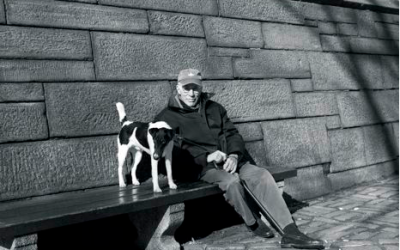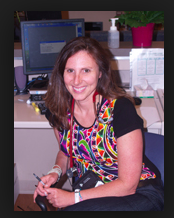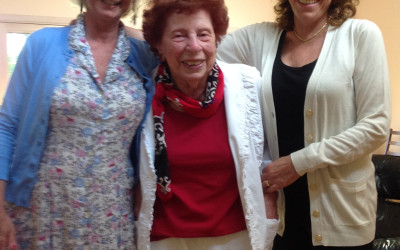 Culture, Traditions and Being Remembered
Culture, Traditions and Being Remembered
There are as many end of life rituals as their are cultures. Each intended to ease through the dying process and to help those left behind to move on, while celebrating a life lived, and honouring memories.
For some memories are triggered by a treasured momento: a piece of jewellery, a hand-knitted blanket. For many, it’s photographs, special occasion cards, scrapbooks. For some, it’s a project worked on together for a shared experience to remember: creating a puzzle together or – using available technology – iphone video conversation. Virtual experiences offer more options: a Facebook memorial page, a shared photo library.
Men writing about The End of Life
Men writing from the inside out about life’s end. In the picture in The New Yorker, sitting with his dog, on a bench by a park, Roger Angell, looked none of his 93 years. Famous for his sports writing, ‘This Old Man' is Angell's reflection on life, starting ith what...
Palliative Care: Doing ‘nothing’ is not an option
Dr Daphna Grossman wants to set the record straight “In healthcare it seems we talk about ‘doing everything’ or ‘doing nothing’. With Palliative care ‘nothing’ is not an option.
Infections in the elderly how to best treat: Are antibiotics always the answer
Although my 96 year old aunt (pictured at left, between me and my cousin – her daughter) had no symptoms of a bladder infection, a urine test resulting from cloudy pee revealed she indeed had a Urinary Tract Infection (UTI. My aunt hadn’t complained about pain or discomfort, my cousin – her ‘power of attorney’ – authorized treatment with antibiotics. Many would agree.
10 ways to think creatively
What if what you want until you die can’t be done exactly as you imagined?
Consider it an opportunity for creative thinking.





